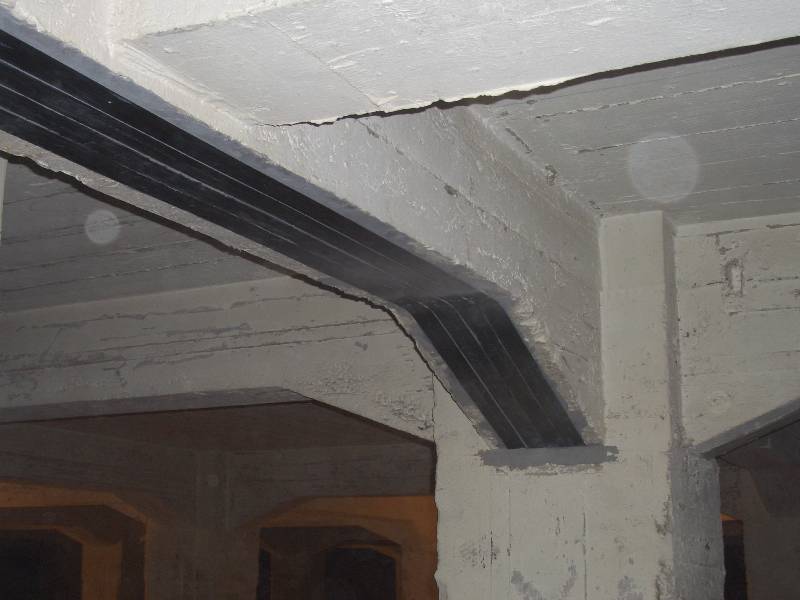Fiber reinforced polymer composites (FRP) have been utilized for concrete strengthening in Africa for over 50 years. During this stretch, acceptance of FRP composites as a mainstream construction material has increased, and so has the number of completed FRP reinforcement projects. This was brought about by the vulnerability of the African continent to effects of weather variations as well as climate change and infrastructure projects damage amounting to US$ 184billion by the year 2100. Infrastructure damage of this magnitude could cripple investment in rural access development and livelihood improvement in African countries.
According to Tarek Alkhrdaji, the Vice President of Engineering with Structural Technologies in the United States, FRP composites can be manufactured on site using the wet lay-up process in which a dry fabric, made of carbon or glass, is saturated with epoxy and bonded to the ready concrete substrate. Once cured, the FRP becomes an integral part of the structural element, acting as an externally bonded reinforcing system. FRP composites can also be prefabricated in a manufacturing facility in which the material undergoes pultrusion to create different shapes that can be used for strengthening structures, such as rods, bars and plates.
Also Read:How to Repair Polished Concrete Floors
Concrete strengthening of existing structures using FRPs can involve complex evaluation, design, and detailing processes, requiring a good understanding of the existing structural conditions along with the materials used to repair the structure before the FRP installation. The aptness of FRPs for strengthening a structure can be determined by comprehending what FRP is and the advantages it offers, but more importantly, the limitations.
Carbon fiber based (CFRP)
The most common FRP systems for concrete strengthening applications are carbon fiber based (CFRP). Unlike glass fiber based systems, carbon has superior mechanical properties and higher tensile strength, stiffness, and durability. The use of prefabricated CFRP bars and plates is normally limited to straight or slightly curved surfaces; for instance, the top side or underside of slabs and beams. Prefabricated FRP elements are normally stiff and cannot be bent on site to wrap around columns or beams.
Also read: Concrete Overlays: How to Make Your Pool Deck or Patio Great Again
FRP fabric, however, is available in continuous unidirectional sheets supplied on rolls that can easily be tailored to fit any geometry and can be wrapped around almost any profile. FRP fabrics may be cohered to the tension side of structural members i.e. slabs or beams, to provide additional tension reinforcement and increase flexural strength; wrapped around the webs of joists and beams to boost their shear strength, and wrapped around columns to increase their shear and axial strength and improve ductility plus the energy dissipation behavior.
The adhesive system
The adhesive systems used to bond FRP to the concrete substrate may include a primer that is used penetrate the concrete substrate and improve bond of the system; epoxy putty to fill small surface voids in the substrate and provide a smooth surface to which the FRP system is bonded; saturating resin used to soak the fabric and bond it to the prepared substrate; and protective coating to safeguard the bonded FRP system from potentially damaging environmental and mechanical effects. Mostly, ultraviolet (UV) light have a negative impact on FRP strengthening epoxies, but they can be protected using acrylic and cementitious coatings, plus other types of coatings.
The resins and fiber for a FRP system are normally developed as one system, based on materials and structural testing. Mixing or replacing a component of one FRP system with a component from another system is not advisable and can affect the properties of the cured system.
The FRP system and prepared concrete bond is very important, and surface preparation is critical to most applications. Existence of any internal deterioration of reinforcement must be resolved before the installation of the FRP system, or else the FRP system may be damaged due to delamination of the concrete substrate.

